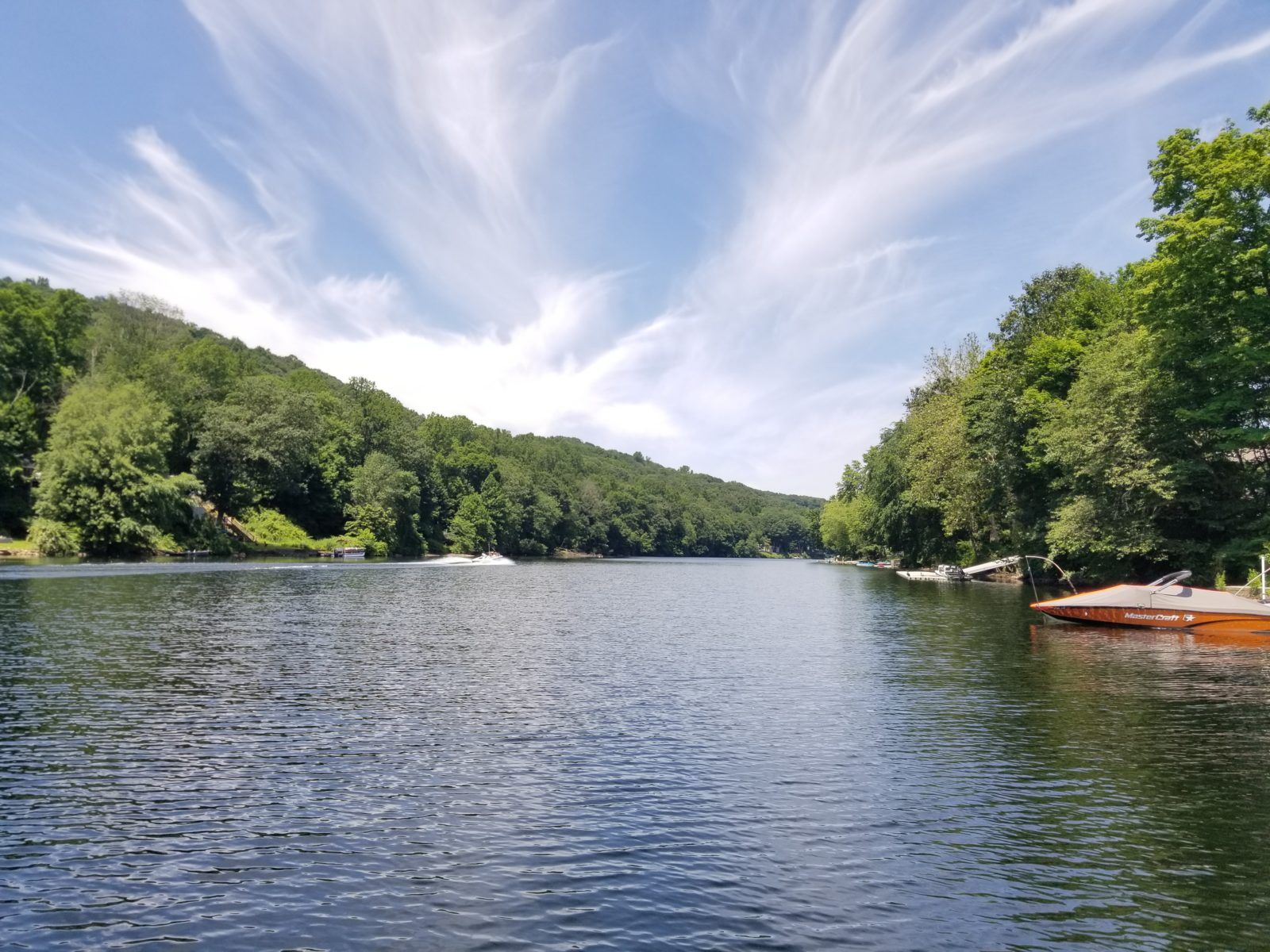Make Room for Monarchs: Add Milkweed To Your Vegetation Plan
May 22nd, 2014
Written by Ecologist, Gavin Ferris
 No insect is more iconic to North America than the Monarch Butterfly. School children collect caterpillars and keep them in their classrooms to watch them spin their chrysalises and transform into butterflies. Through a multi-generational migration, the adults travel from as far as New England to Mexico, where they overwinter in large colonies; thousands of individuals clustered together on tree branches. Throughout their range, one plant is critically important for the entire monarch butterfly population. The flowers of the milkweed plant are an important source of nectar for the adults, and the caterpillars depend on milkweed as their sole food source.
No insect is more iconic to North America than the Monarch Butterfly. School children collect caterpillars and keep them in their classrooms to watch them spin their chrysalises and transform into butterflies. Through a multi-generational migration, the adults travel from as far as New England to Mexico, where they overwinter in large colonies; thousands of individuals clustered together on tree branches. Throughout their range, one plant is critically important for the entire monarch butterfly population. The flowers of the milkweed plant are an important source of nectar for the adults, and the caterpillars depend on milkweed as their sole food source.
Milkweed was once a common plant in the meadows and grasslands of the US. Then, as grassland was converted to pasture and cropland, milkweeds thrived in the brushy edges and fencerows of our agricultural landscape. Today, with modern agricultural practices and farmland being converted to residential neighborhoods and retail centers, milkweed is not as common as it once was. As goes the milkweed, so goes the monarch. Monarch populations in Mexico this winter are 50 percent what they once were.
 The decline in milkweed is not the only source of trouble for monarchs. Habitat loss in Mexico, extreme weather, and insecticides are all having a negative impact on the species. The loss of their critical food source is, however, a problem that is affecting them across their entire range, and it is a stark example of a larger systemic problem impacting our biodiversity.
The decline in milkweed is not the only source of trouble for monarchs. Habitat loss in Mexico, extreme weather, and insecticides are all having a negative impact on the species. The loss of their critical food source is, however, a problem that is affecting them across their entire range, and it is a stark example of a larger systemic problem impacting our biodiversity.
Our human-dominated landscapes are aesthetically improved by all manner of ornamental plants. Many of these plants are of exotic origin, most originating in Europe or Asia. These non-native plants do not support our native herbivores and insects, and thus do not support the other organisms that rely on native plants as the base of the food chain. Where native plants once fed insects that in turn fed songbirds, exotic ornamental plants now provide little in the way of ecosystem services.
One area where native plants can serve multiple purposes is in the buffer area around a pond. There are many reasons to maintain a vegetative buffer around your pond: it helps to prevent nutrient runoff, helps prevent bank erosion, and provides habitat for desirable aquatic wildlife. If a buffer is maintained with native plants, like milkweed, it has the added benefit of supporting a diverse assemblage of native organisms, like monarchs.
If you would like to help the monarch butterfly by adding attractive milkweed plants to your landscaping, contact your pond management professional about vegetation management services. They can discuss a concept design and ways to benefit local biodiversity while making your property more beautiful by incorporating native plants into your landscape.
Contact the experts at 888-480-5253 for all of your lake, pond and fisheries management needs. Gavin Ferris is an Ecologist with SOLitude Lake Management. Since 1998, SOLitude Lake Management has been committed to providing full service lake and pond management services that improve water quality, preserve natural resources, and reduce our environmental footprint. Services are available throughout the Eastern United States. Fisheries management consulting and aquatic products are available nationwide. Learn more about SOLitude Lake Management and purchase products at www.solitudelakemanagement.com.










